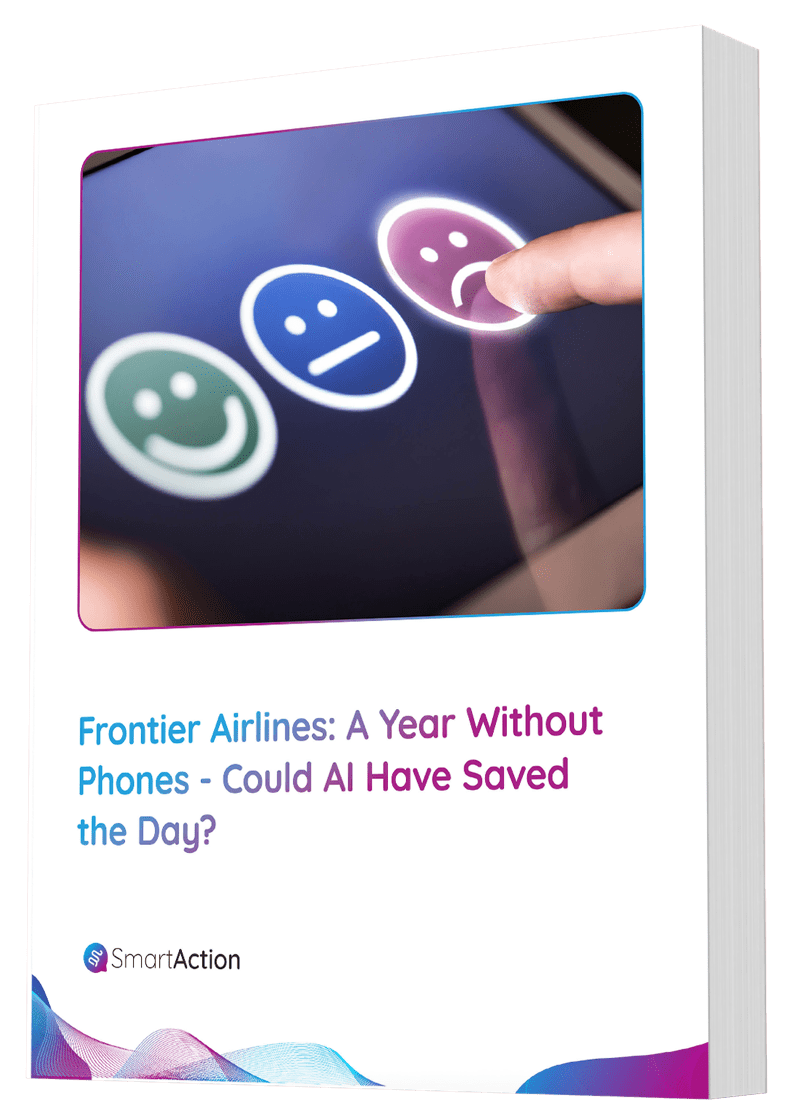Budget Savings Using Intelligent Voice Automation
With budgets and costs constantly at the forefront of business decisions, I thought it would be interesting to target an area where costs are thought to be optimized, where, ostensibly, there are few hidden costs, and where even some of the best CFOs overlook value to the company.
IVRs Are Simply Necessary
Call centers and IVRs are often seen as necessary: a necessary evil by customers, a necessary cost by companies, and a place where customer service challenges necessarily abound. Call centers often come with an expensive price tag both to launch and to maintain. Overhead costs can be through the roof (pun intended), especially if there are high volumes of complex calls because they require the attention of human agents. To help offset the cost of expensive agent time, companies look to IVRs, where conventional systems are a dime a dozen with a wide variety of costs and correspondingly low customer service ratings. Even million dollar IVR implementations offer no significantly different service levels.
Into the fray comes artificial intelligence and with it, a completely new business model. Virtual Agents, powered by AI, are head and shoulders above other IVRs in functionality, ease of use, and ease of implementation. This technology has redefined how IVRs ought to perform, shifting the meaning of the “I” in IVR from “interactive” to “intelligent.”
Balancing Customer Experience and Cost-Savings
As a CFO, you look at budgeting, keeping costs in line, and making sure that you don’t cut costs so much that it will affect customer experience and your company’s reputation. As a new model of intelligent IVR has evolved, so has a new breed of CFOs: ones that can significantly add to the bottom line of a company and simultaneously enhance its services. The challenge is no longer just dollars and cents, but dollars and cents while bettering customer experience and elevating customer satisfaction. In other words, CFOs become responsible for more than just the financial health of the company. They too need to be concerned about the health of the company’s relationship with customers, as well as the health of the company’s financial outlook. One of the most visible and impactful ways for a company to improve both is by implementing an intelligent voice system.
The most important cost-savings from a truly intelligent IVR will come from a reduction in live agent time. A CFO has already done a cost analysis that breaks down how much each agent costs per minute of live time, and it is likely well above $0.50 per minute. That per minute price typically includes the hourly rate, HR benefits, and equipment like computer, phone, headset, etc. But there are huge indirect costs that may not have been included in that determination: training costs, Quality Assurance, Workforce Management, floor supervisors, manager salary and benefits, and more. All in all, many call centers end up with an average cost-per-call price tag in excess of $5.00, and sometimes, three, four, and five times that! And maybe that seems worth it – your agents are highly trained and efficiently used. But that same CFO would have to listen if there were a buffer between customers and agents that could respond to complex inquiries and came in cheaper than $0.50/minute.
Today’s customers are tech savvy, time conscious, and know what they want. An automated customer service system that understands that will retain customers, drive brand loyalty, and ultimately help the bottom line. The CFO that understands that will emerge as a visionary, one that is at the forefront of technology and a driver of company performance.
About the Author: Mike Vanca, Senior Vice President, Operations:
Mike has over 30 years of experience in operations, IT, and corporate governance. At SmartAction, he is responsible for customer satisfaction and manages client development projects – everything from scope development, engineering, technical support, quality assurance, and ongoing maintenance.






